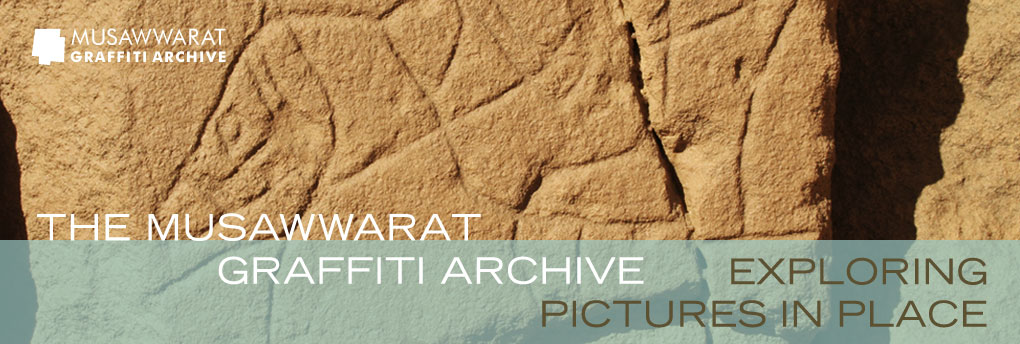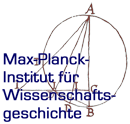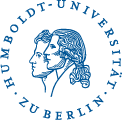Third Field Season (Winter 2011)
Fieldwork in 2011 was dedicated to expanding the descriptive record on the Musawwarat graffiti, to complementing the existing photographic record and to testing an advanced and low-cost digital recording method, Reflectance Transformation Imaging (RTI) on a larger sample of graffiti. RTI is a relatively new ‘computational photography’ documentation method that captures surface details in different lighting conditions: Multiple images are taken from a fixed camera position while a light source illuminates the object from different angles and directions. RTI thus captures significantly more information on surface properties than 'normal' digital photography. Little equipment is required, among them a digital camera with a high resolution lens, filters, a scale, movable flash and power source, as well as sphere(s) capturing the lighting direction in each exposure. The open source RTI-Builder software creates a composite image out of dozens of exposures. The processed RTI and PTM files can be viewed using open source viewer-software, which offers various visualisation tools allowing the user to examine surface properties in great detail under different lighting conditions and in a number of rendering modes.
RTI techniques have been used for recording objects and surfaces of various materials in museums, lab and field contexts. While the Musawwarat RTI results are extremely encouraging, the outdoor field conditions posed various challenges, such as the restriction of the ideal hemispherical movement of the light source (i.e. the flash) due to architectural obstacles, or camera movement due to strong gusts of wind. Nevertheless, more than 1000 graffiti from across the Great Enclosure were captured during the field season in nearly 450 RTI set-ups, supporting the detailed study of the graffiti corpus and contributing to its virtual preservation. In addition to the creation of hundreds of RTI-files of building blocks and their graffiti, 10 complete walls were documented as high resolution panorama images, while some larger inscriptions and graffiti groups were documented photogrammetrically. Continuing the work of the first two field seasons, the 2011 season further contributed to testing and comparing different documentation methods for their applicability to the Musawwarat graffiti corpus.
Participants: Cornelia Kleinitz, Jens Weschenfelder, Julia Preisigke & Dina Serova; RTI-Team: Hembo Pagi (Archaeological Computing Research Group, University of Southampton), Cornelia Kleinitz, Zaroog Bakri, Hassan Ibidallah & Mohamed el-Tayeb
Dates: November/December 2011
Duration: 4 weeks
Funding: The Cultural Preservation Programme of the Federal Foreign Office (Kulturerhalt-Programm des Auswärtigen Amts der Bundesrepublik Deutschland)
Cooperation: Archaeological Computing Research Group of the University of Southampton
Text: Cornelia Kleinitz (2014)






